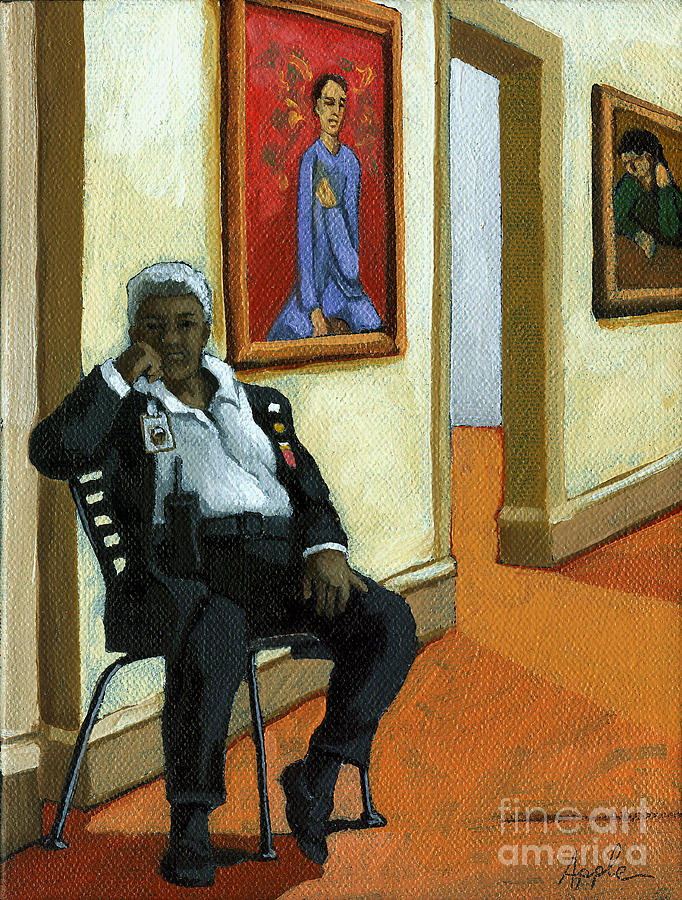Discovering the Depths of Feeling with Figurative Oil Painting Strategies
Discovering the Depths of Feeling with Figurative Oil Painting Strategies
Blog Article
The Duty of Emotion and Expression in Metaphorical Oil Painting: An Extensive Analysis of Topic and Make-up
The interaction of emotion and expression in metaphorical oil painting works as an essential lens through which one can take a look at the detailed partnership between topic and composition. Artists harness numerous strategies, from color option to brushstroke dynamics, to cultivate emotional vibration within their works. This nuanced orchestration not just forms visitor perception yet additionally invites a much deeper questions right into exactly how these components coalesce to mirror the intricacies of human experience. As we discover this abundant terrain, one should consider just how specific study illuminate the wider implications of these imaginative selections.
Understanding Feeling in Art
Emotion in art serves as a powerful avenue for expression, allowing musicians to convey complicated feelings through their work. In metaphorical oil paint, this psychological depth is frequently depicted with the depiction of the human number, catching the subtleties of human experience. The choice of subject, color combination, and brushwork all add to the emotional resonance of a piece.
Artists often bring into play individual experiences, social concerns, or universal themes to stimulate sensations in the audience. For example, a portrait might show vulnerability, while a vibrant number in motion can represent flexibility or chaos. These emotional threads attach the audience to the art work, cultivating a discussion that transcends the aesthetic medium.
In addition, the interaction in between light and shadow can intensify emotional strength, directing the visitor's stare and drawing interest to specific elements within the composition. Using structure in oil painting additionally includes layers of complexity, welcoming a responsive action that improves the psychological experience. In general, recognizing emotion in art is important for valuing the nuances that define metaphorical oil paint, as it transforms plain representation into an extensive expedition of the human condition.
Secret Components of Composition
In the world of figurative oil painting, the structure works as the underlying framework that arranges visual components and enhances the emotional narrative. Vital parts of make-up consist of equilibrium, comparison, focal factor, and rhythm, each contributing to the general impact of the art work.
Balance describes the circulation of visual weight within the paint, which can be achieved through unbalanced or balanced setups. A well-balanced composition offers security, enabling the audience to engage with the piece harmoniously - figurative oil painting. Comparison, on the various other hand, involves juxtaposing different components, such as dark and light or cozy and cool colors, to direct the visitor's eye and stimulate emotional reactions
The focal point is critical, as it guides attention to one of the most substantial component of the paint, typically highlighting the psychological core of the narrative. With techniques like shade saturation or positioning, artists can highlight this area successfully. Lastly, rhythm pertains to the repeating of aspects, developing a sense of activity and flow throughout the make-up. By masterfully incorporating these crucial elements, artists can craft compelling and emotionally powerful figurative oil paintings that astound and engage their target market.
Topic Matter and Its Influence
Subject matter plays a crucial role in figurative oil paint, as it not only works as the foundation for the story however additionally shapes the viewer's analysis and emotional involvement with the artwork. The option of topic-- be it a singular figure, a group dynamic, or a thematic representation-- directly influences the psychological ambience communicated to the audience.

For example, portraits commonly evoke personal connections, disclosing the complexities of human expression and personality, while scenes illustrating public activities can create a sense of belonging or fond memories. Furthermore, the historical and cultural context of the subject matter enriches the audience's understanding, motivating deeper representations on social norms, values, and the human problem.
Various subject matters likewise generate differing levels of engagement; a dramatic conflict portrayed through numbers in tension might generate feelings of anxiety or compassion, while calm landscapes can invoke peace and consideration. Inevitably, the impact of topic in figurative oil paint is extensive, as it serves as a conduit for psychological vibration, leading the visitor's my blog action and interpretation, and promoting a connection between the artwork and the observer. This interaction is essential for the effective communication of the musician's intent.
Methods for Stimulating Feelings
The performance of metaphorical oil painting in sharing feelings is substantially affected by the strategies used by the musician. navigate to this site Among one of the most important approaches is using shade theory, where the tactical choice of colors can stimulate particular emotional reactions. Cozy shades, such as reds and oranges, typically elicit sensations of enthusiasm or aggression, while cooler tones like blues and greens have a tendency to stimulate calmness or sadness.
Another important method is the control of light and darkness, referred to as chiaroscuro. This approach boosts the three-dimensionality of figures, creating remarkable contrasts that can escalate emotional depth. The positioning of light can guide customers' feelings, highlighting particular elements of the structure.
Brushwork likewise plays a critical duty; loose, expressive strokes can communicate energy and spontaneity, whereas smoother techniques might recommend harmony or precision. In addition, the plan of topics within the structure can influence emotional effect. Close distance can recommend affection, while range may indicate seclusion.
Ultimately, the combination of these methods allows musicians to craft narratives that reverberate with the visitor, changing a simple aesthetic experience into an evocative emotional journey. - figurative oil painting

Study of Remarkable Functions
Taking a look at remarkable jobs of metaphorical oil paint reveals exactly how different techniques are used to evoke effective feelings. One excellent situation is Edvard Munch's "The Scream," where the distorted number and swirling background convey existential fear. Munch's usage of color-- brilliant oranges and deep blues-- magnifies the psychological effect, showcasing exactly how scheme options can form viewer experience.
An additional substantial work is Pablo Picasso's "Les Demoiselles d'Avignon." Below, bold brushstrokes and fragmented types mirror a tumultuous emotional landscape, challenging conventional depictions of the women number. Picasso's cutting-edge structure not check only records the viewer's focus yet also invites consideration on themes of identification and sexuality.
Additionally, Frida Kahlo's "The 2 Fridas" supplies an emotional exploration of duality and self-identity. The different figures, linked by a common heart, exemplify Kahlo's psychological deepness and individual narrative. figurative oil painting. Her meticulous attention to information and symbolic elements serve to engage audiences on a visceral level
These study emphasize the profound connection between emotion and structure in figurative oil painting, exposing exactly how musicians harness technique to connect complex feelings and narratives that resonate across time and culture.

Conclusion
Finally, the interplay of emotion and expression in metaphorical oil paint significantly boosts the customer's experience and interpretation of the artwork. Via a mindful option of subject matter and compositional techniques, musicians share extensive narratives that resonate on both global and personal degrees. The application of color brushwork, chiaroscuro, and concept additional intensifies emotional depth, transforming each canvas right into an effective reflection of the intricacies of the human experience.
In figurative oil painting, this emotional depth is typically represented through the depiction of the human figure, capturing the subtleties of human experience.Furthermore, the interaction between light and shadow can enhance emotional strength, guiding the audience's look and attracting interest to particular components within the make-up. The use of appearance in oil painting additionally adds layers of intricacy, inviting a responsive action that boosts the psychological experience.The focal point is important, as it routes focus to the most considerable part of the paint, commonly highlighting the psychological core of the story. Inevitably, the impact of subject issue in figurative oil paint is extensive, as it offers as a conduit for psychological vibration, directing the audience's feedback and interpretation, and fostering a link between the art work and the viewer.
Report this page